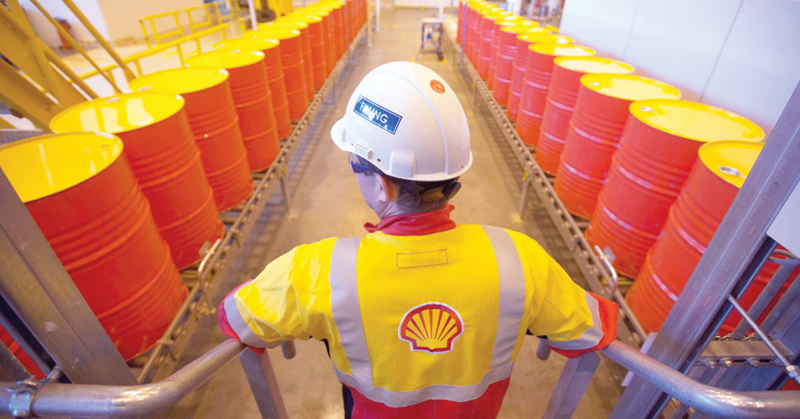

The world’s top energy companies booked enormous profits last year thanks to higher oil prices and keeping a tight lid on spending, even if that risked limiting their medium-term production capacity.
The five “supermajors” — US firms Chevron and ExxonMobil, Britain’s BP, Anglo-Dutch Royal Dutch Shell and Total of France — earned nearly $80 billion in net profits last year.
They all boosted their bottom line, with some hitting levels not seen since a plunge in crude prices from their perch above $100 per barrel in 2014.Higher oil prices didn’t hurt, of course, although the fourth quarter was marked by strong volatility.
Overall, the price of Brent crude was $71 per barrel last year, compared with $54 in 2017. But that’s not the whole story.
The supermajors have also maintained the financial discipline — cost-cutting and reducing investments — that they adopted following the 2014 crash in crude prices.
They tightened their belts enough to become profitable even when oil prices were low. And when crude prices rise again, their profits surge.
“Total’s job is to be profitable and to lower the break-even point no matter what the price of oil is,” said chief executive Patrick Pouyanne this past week. “We’re going to maintain discipline, there’s volatility” in the market, he added.
The rollercoaster that crude prices have been on in recent months, due in large part to geopolitical uncertainty as the United States and China face off in trade dispute with major repercussions for the global economy, means that the supermajors can’t rest on their laurels.
BP chief Bob Dudley expects, like his fellow oil chiefs, oil prices “to remain volatile, with many uncertainties, including how markets respond to evolving sentiment around ongoing trade discussions” as well as a crisis situation in Venezuela.
The investments will thus remain limited.
While investments in exploration and production rose seven per cent last year to $382 billion, according to IFP Energies Nouvelles research group, they are still 40 per cent below their 2014 peak.
Moreover, they remain concentrated in North America where they are targeted at exploiting shale oil and gas.
IFP Energies Nouvelles expects a modest increase of three to eight per cent in investment spending this year.
The oil services sector — made up of firms contracted to carry out lots of the exploration and production work — were hit hard as the supermajors cut back and tightened financial discipline. While the number of tenders for work has increased, the “market recovery is slow”, said Gael Bodenes, chief executive of Bourbon which offers marine services for offshore oil and gas projects. — AFP
Oman Observer is now on the WhatsApp channel. Click here



